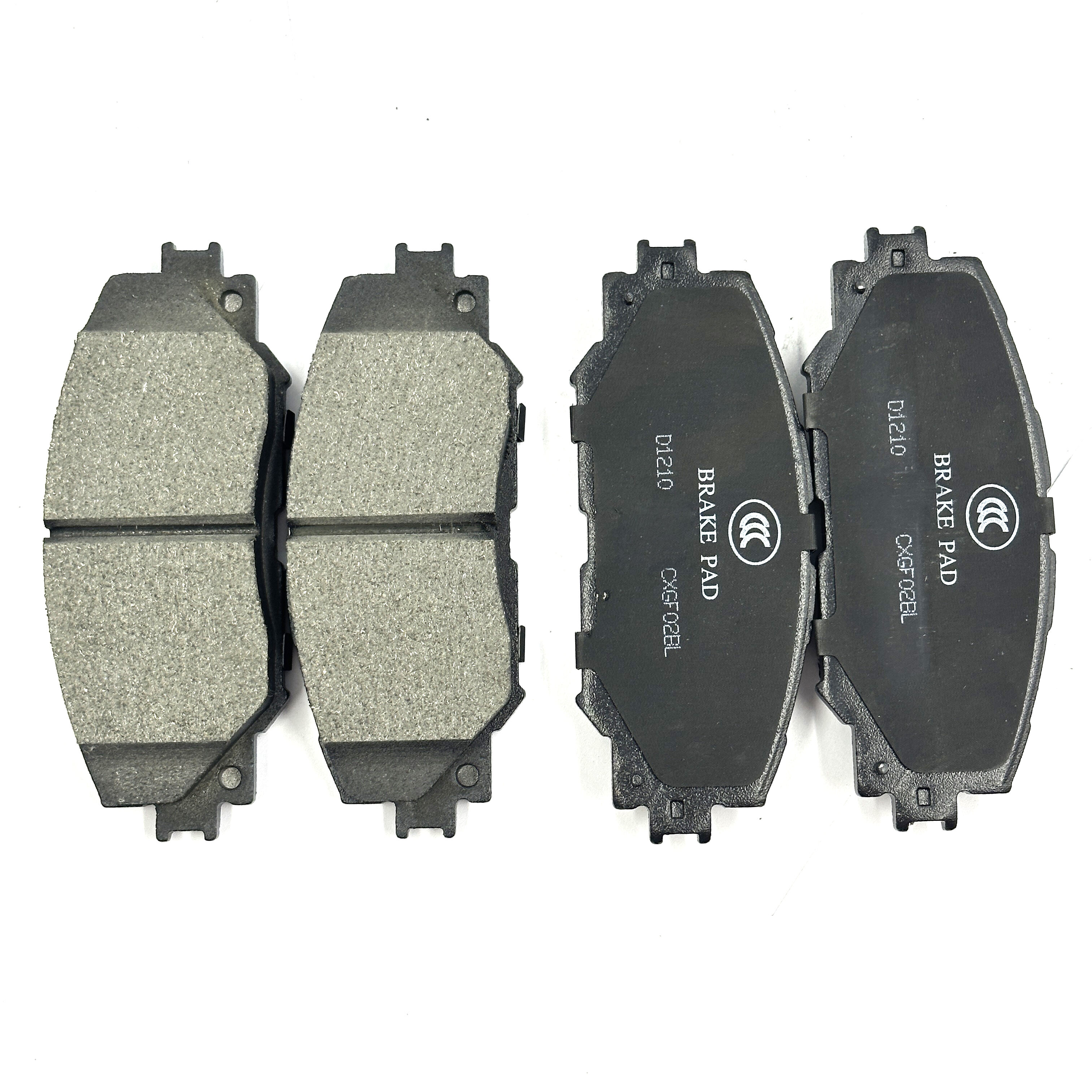brake pads car
Brake pads are critical safety components in modern vehicles, serving as the primary friction material that enables effective stopping power. These essential parts work in conjunction with the brake rotors to convert kinetic energy into thermal energy through friction, bringing your vehicle to a controlled stop. Modern brake pads incorporate advanced composite materials, typically consisting of a steel backing plate bonded with friction material that includes a precise mixture of metallic, organic, and ceramic compounds. This sophisticated composition ensures optimal performance across various driving conditions, from everyday commuting to high-performance applications. The design of contemporary brake pads features specialized slots and chamfers that help dissipate heat, reduce noise, and maintain consistent performance throughout their service life. These components undergo rigorous testing to meet strict safety standards and performance criteria, including fade resistance, wear characteristics, and stopping efficiency. The installation process involves precise fitment to the vehicle's brake calipers, ensuring proper contact with the rotor surface for maximum braking effectiveness. Modern brake pads also incorporate wear indicators that alert drivers when replacement is necessary, helping maintain optimal safety standards.


